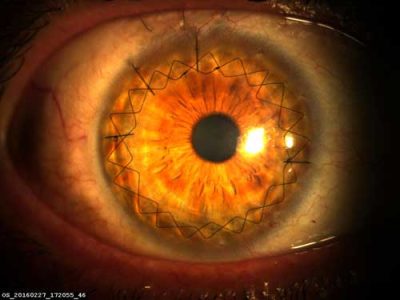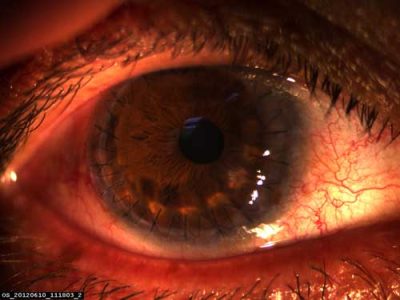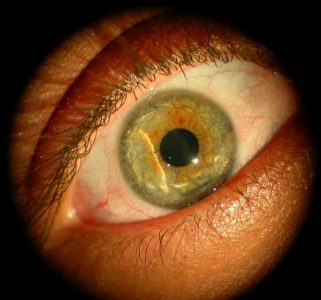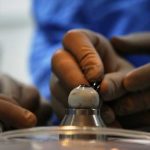Cornea Transplant
 Corneal transplantation often referred to as keratoplasty or a corneal graft is a surgical procedure in which all or part of the damaged cornea is removed and replaced with healthy donor tissue.
Corneal transplantation often referred to as keratoplasty or a corneal graft is a surgical procedure in which all or part of the damaged cornea is removed and replaced with healthy donor tissue.
The donor cornea comes from people who chose to donate their cornea when they died. The donated tissues are kept in the Eye bank. Unlike other tissue transplantation, it does not require tissue matching.
People with damaged or reshaped cornea due to infection, injury, inherited eye diseases (Fuchs’ dystrophy), earlier eye surgery or a medical condition (keratoconus) might be considered suitable candidates for corneal transplant surgery. Depending on which parts of the cornea are damaged corneal transplant surgery can be performed in three types. penetrating keratoplasty (PK), deep anterior lamellar keratoplasty (DALK), and endothelial keratoplasty (EK).
In Full-Thickness Corneal Transplant or penetrating keratoplasty (PK), all layers of the cornea are replaced. It has the longest healing time.
In Partial Thickness Corneal Transplant or deep anterior lamellar keratoplasty (DALK), the deeper layers of the cornea are replaced using air injection.
Endothelial Keratoplasty (EK) is used for people who have a problem with the innermost layer of the cornea called the endothelium. There are three types of endothelial keratoplasty.
Descemet’s stripping endothelial keratoplasty (DSEK or DSAEK): It is the most common type of endothelial keratoplasty in which the endothelium and the layer above it named Descemet membrane are removed and replaced with the donated endothelium and Descemet membrane. In this method, the new Descemet membrane is attached to the stroma.
Descemet’s membrane endothelial keratoplasty (DMEK): In this method, the donated endothelium and Descemet membrane without a layer of the stroma are transplanted.
The third type of endothelial keratoplasty is the removal of the central part of the membrane without transplantation. In this method, the cornea is healthy enough to fill in the removal part by providing new cells.
Artificial cornea transplant (keratoprosthesis): In some cases, an artificial cornea which is called keratoprosthesis is transplanted.
Like other surgeries, there are risks or complications in corneal transplant surgery including corneal rejection, infection, bleeding, increased intraocular pressure, or retinal detachment.
The healing time for a cornea transplant depends on the type of transplant you have.









